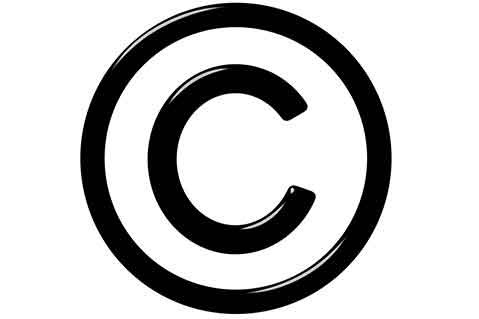News March 28, 2017
Court Ruling Could Lead to Legal Headaches for Promo Firms
A U.S. Supreme Court ruling involving copyright protection and two makers of cheerleading uniforms could potentially impact the promotional products industry.

In a split 6-2 vote last week, the court effectively said that the lines, zigzags and braids that adorn Varsity Brands’ uniforms are separate conceptually from the uniforms’ functional components and qualify for copyright protection.
The ruling, which legal analysts say tested the boundaries of copyright protection for products like apparel that have both utilitarian and ornamental components, clears the way for Varsity Brands to proceed with claims against Star Athletica, a competitor that the larger Varsity Brands alleges to have copied proprietary designs. More broadly, the case appears to ramp up copyright protections – a finding some promo executives believe could impact the branded merchandise industry.
“The ruling could result in increased product development costs as prudent suppliers will involve copyright attorneys to ensure they are not infringing on any existing copyright,” Mike Wilkos, national sales manager for Vantage Apparel (asi/93390), told Counselor. Wilkos, who is also a licensed attorney in New Jersey and New York, continued: “We may also see retail brands and designers seeking to squash any perceived knockoff designs appearing on promotional items. As with any industry, increased litigation may result in increased costs.”
Wilkos bases his view, in part, on his understanding that the Supreme Court’s decision applies increased protection for copyrighted designs regardless of the medium upon which they are displayed. “Although the Court’s opinion addressed the design of a cheerleading uniform, the decision is not limited to apparel and would apply equally to any copyrighted works displayed on other items, such as mugs or Bluetooth speakers,” Wilkos says.
Another promo industry legal expert takes a different view: “Other than raising the awareness that many items made and sold in the promotional products industry can have various intellectual property challenges that can land our companies in court, it is my opinion that the court’s holding will have negligible implications for our industry,” says attorney Leeton Lee, founder of ComplyBox, a consulting company that advises promotional product businesses on product safety/compliance issues.
Lee, a former attorney for ETS Express (asi/51197) and The Walt Disney Company, opined to Counselor that the Supreme Court’s ruling is fairly narrow in its application, being about apparel, the unique graphic works in question, and whether those particular works, when sewn to a uniform, should be protected by copyright laws.
“There are many nuances that can be drawn from this court’s holding, and intellectual property scholars and lawyers will probably debate it for years to come,” says Lee. “However, for our purposes, I think it is safe to say that it will be a rare situation where distinct graphics (other than a corporate logo such as Coca-Cola’s logo) or a cartoon character (such as a Disney character), which are already protected by trademark and other copyright laws, will be applied to a generic promotional product and will give rise to liability under this court’s ruling.”
As Lee alludes to, attorneys that specialize in trademarks are already digging into the meaning and implications of the ruling. Jeffrey Cadwell, a trademark law specialist and partner at international law firm Dorsey & Whitney, said the key takeaway from the court’s holding is that designs featured on useful products are protected under copyright law if they can be perceived independently as a 2-D or 3-D work of art – and if they otherwise would qualify for copyright protection as a pictorial, graphic or sculptural work, either on their own or fixed in some other tangible medium of expression, if they were imagined separately from the useful product into which they’re incorporated. He expresses a view similar to Wilkos in saying that copyright owners can prohibit reproduction of such designs on similar useful products and in “other mediums of expression. The protection afforded under copyright does not extend, however, to preventing anyone from manufacturing the useful article without any of the design features present,” Cadwell says.
Regardless of how the Supreme Court’s ruling plays out in the promo space, both Lee and Wilkos agree that industry companies need to be diligent about patents, trademarks and copyrights. Lee noted that any unauthorized inadvertent or intentional copying of the design, components or manufacturing methods used in the making of a blank product can infringe on another party’s patents on the product. Similarly, any unauthorized use or confusingly similar use of any tradename, logo, word mark, character, art or other protected graphical, dramatic, musical or literary work can expose a supplier, distributor or decorator to potential liability for trademark and/or copyright infringement.
“When developing a new product or sourcing items from overseas,” says Wilkos, “suppliers and distributors should consider seeking the advice of legal counsel to confirm that any design, pattern or unique print they wish to include on the item will not infringe on any existing copyright.”
